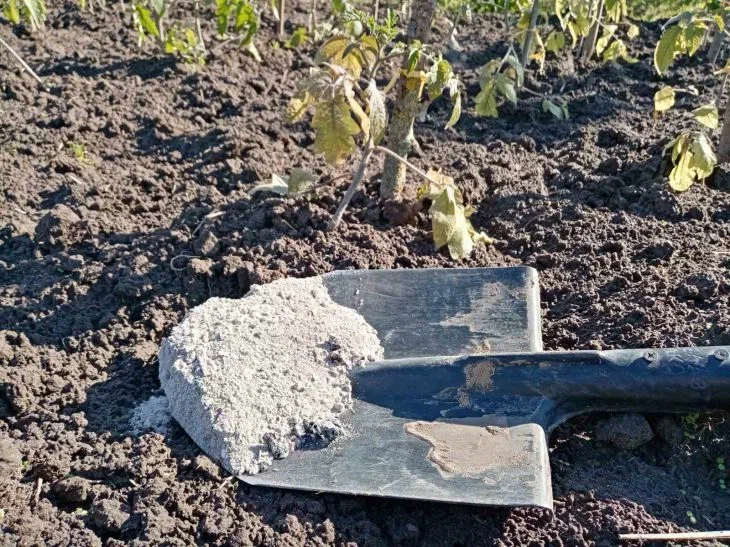What plants should not be fed with ash: remember these species - the list is short
Ash is popular among summer residents of all ages, as it is one of the most effective and at the same time affordable organic fertilizers.
But, despite all the beneficial properties of ash, it cannot be used everywhere: for some crops, wood ash is poison.
Which vegetables should not be fed with ash
You should not use ash as a fertilizer for garden crops such as watermelons, radishes and sorrel. These plants like acidic soil, and using ash can seriously harm them.
Ashes on the flowerbed
If you decide to use wood ash in your flowerbed, please note that rhododendrons, hydrangeas, azaleas, heather, ferns, lilies of the valley and other ornamental plants that belong to the acidophile group and grow best in acidic soil do not tolerate ash feeding.
How to use ash correctly
Now that you have made sure that the plant you have chosen for fertilizing with ash is not among those listed, it is worth talking about the mistakes that gardeners and vegetable growers sometimes make.

First, make sure that you store the ashes correctly: the right place for them is, first of all, dry – due to excess moisture, they can lose their properties.
Secondly, avoid mixing ash with other organic fertilizers (manure, bird droppings, etc.), as this can reduce the nitrogen content in them.
Thirdly, do not apply ash together with superphosphate or dolomite: it will be difficult for plants to absorb phosphorus, and the acidity of the soil will change excessively, which will also harm the crops.
